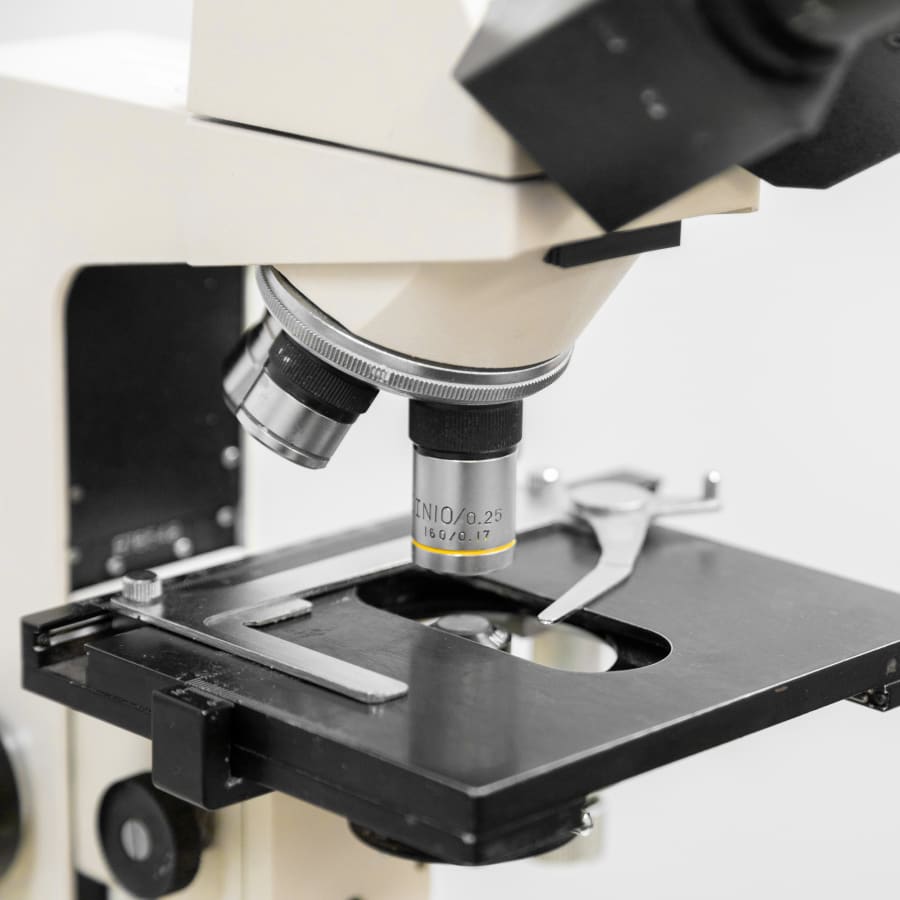Veterinary Diagnostic Lab
Diagnostic imaging is performed using electromagnetic radiation and other technologies. This enables us to create highly detailed images of the internal structures of your pet.
At Wellesley-Natick Veterinary Hospital, we utilize advanced diagnostic tools to aid in the accurate diagnosis of your pet's medical problems. We provide a range of services, from digital radiography to ultrasound.
With our diagnostic imaging capabilities, we can quickly and accurately diagnose your pet's condition and offer immediate treatment options.

In-House Lab & Veterinary Pharmacy in Natick
We conduct tests and obtain results quickly in our in-house laboratory, allowing us to quickly diagnose your pet's symptoms and begin treatment.
Our Natick pet pharmacy is stocked with a variety of prescription diets and medications, ensuring that we have quick access to any medications your pet may require while in our care.

Our Diagnostic Services
We are pleased to offer advanced diagnostic testing through our in-house veterinary diagnostics lab, which enables our veterinarians to make an accurate diagnosis of your pet's medical problems.
- Radiography (Digital X-rays)
Using a radiograph (digital x-ray), we can examine your pet's internal systems to reveal information that may be invisible from the outside.
Radiography is safe, painless, and non-invasive. It uses only very low doses of radiation. Because the level of radiation exposure required to perform radiography is very low, even pregnant females and very young pets can undergo this procedure.
Radiographs can be used to evaluate bones and organs, and diagnose conditions including broken bones, chronic arthritis, bladder stones, spinal cord diseases, and some tumors.
- Ultrasound
The use of diagnostic imaging allows our team of veterinary professionals to create extremely detailed images of your pet's internal structures.
With ultrasound imaging, we expose part of the body to high-frequency sound waves to produce images of the inside of the body.
Because we capture ultrasound images in real-time, we can see the structure and movement of your pet's internal organs, as well as blood flowing through the blood vessels.
Having this valuable technology available to our vets in our in-house lab means that your dog or cat's condition can be diagnosed quickly and treatment can start sooner.
- Cytology
Cytology is the microscopic examination of single cells or small clusters of cells. At Wellesley-Natick Veterinary Hospital, we can use cytology to diagnose a range of dermatology diseases and conditions in the ears.
We can also examine cells and fluid that are obtained during a biopsy to help us diagnose illnesses such as cancer in your pet.
- Echocardiography
An echocardiogram is a diagnostic tool that enables your veterinarian to examine your pet's heart in great detail, as well as the area inside and around it.
Echocardiograms use high-frequency sound waves to create real-time images, providing your veterinarian with information about the appearance and function of your dog or cat's heart.
This diagnostic tool provides information about your pet's heart's size, shape, and function, including its four chambers, heart valves, and surrounding structures such as the pericardial sac.
- Bloodwork
At our veterinary laboratory in Natick, we can perform a variety of routine and specialized blood tests to assess your pet's health and diagnose illness.
CBC (complete blood count), white blood count, hemoglobin and MCHC (mean corpuscular hemoglobin concentration), hematocrit, platelets, eosinophils, and blood serum profile are some of the most frequently performed veterinary blood tests.
- Urinalysis
Urinalysis is a critical diagnostic test that provides critical information about the physical and chemical properties of your pet's urine to your veterinarian.
Urinalysis is primarily used to determine the health of your animal's kidneys and urinary tract system, but it can also be used to detect problems with other organ systems and is critical for diagnosing metabolic diseases such as diabetes.
This is an extremely useful diagnostic test for healthy and sick animals and should be included in any comprehensive evaluation of your pet's overall health.
- ECG / EKG
If your veterinarian performs a physical examination and suspects your pet may have a heart problem, we will typically perform chest X-rays and an electrocardiogram (ECG / EKG).
This procedure is simple. It reveals information that may be critical in diagnosing your pet. In other instances, a cardiac ultrasound may be necessary to detect abnormalities in the heart chambers.
- Digital Dental X-Rays
If your cat or dog has periodontal disease, the majority of the damage occurs below the gum line, where it is difficult to see. Our veterinarians use digital dental X-rays to assess your pet's oral health.
Digital X-rays are more pet-friendly. They enable our team of veterinary professionals to examine your cat or dog's tooth roots, bones, and internal anatomy.
The risk of radiation exposure to your pet is significantly lower with digital X-Rays than with traditional X-Ray technology. We can see beneath the surface of your pet's gum line to thoroughly evaluate each tooth.
This technology enables your Natick veterinarian to view results immediately and then review them on a computer screen.
